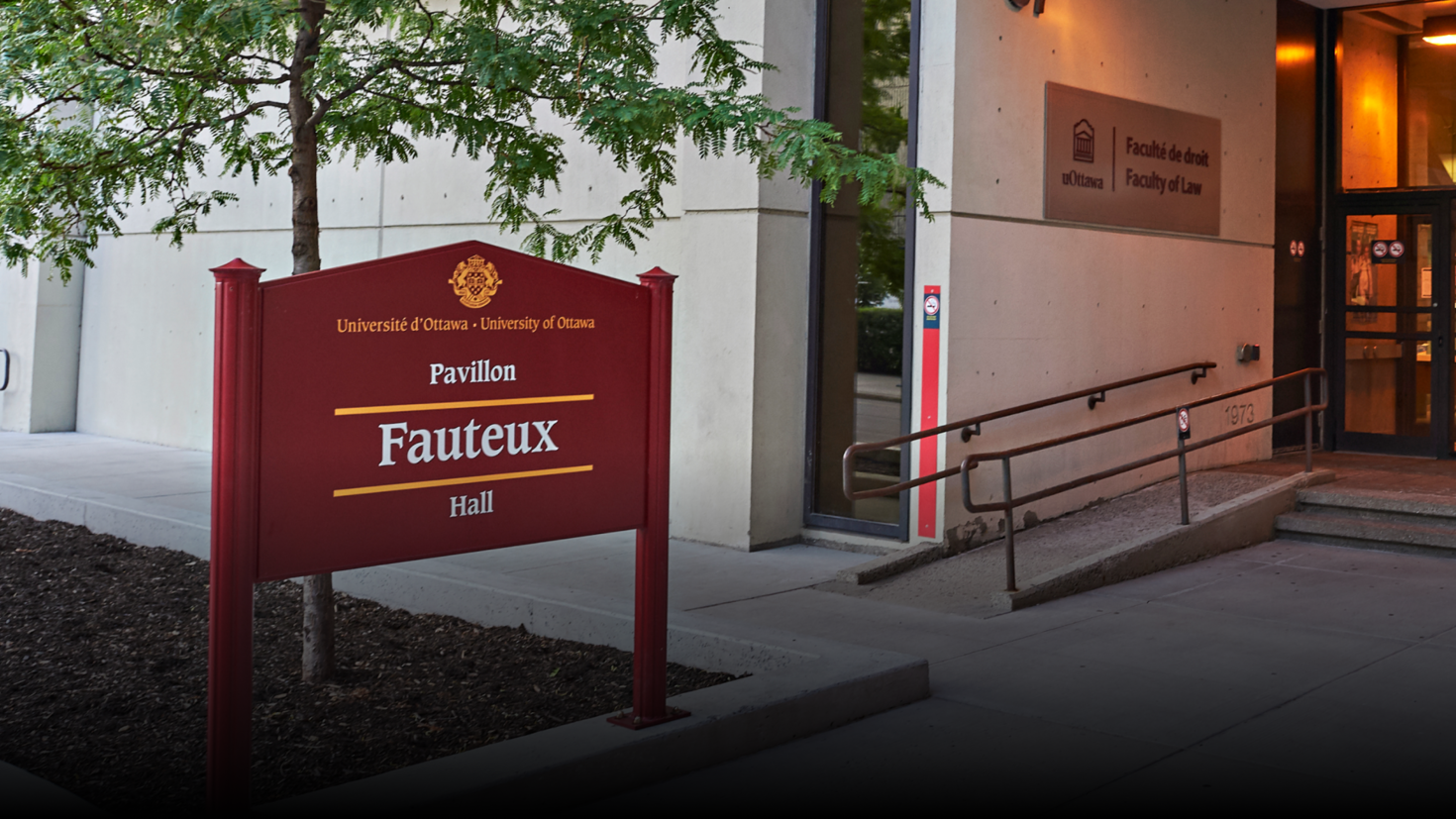A Dilemma about Whether Child Labour is Regarded as “Violation” or “Protection” of Child Rights: A Growing Debate on “Pragmatism” Versus “Universalism”
By: Md. Saidur Rashid Sumon
In Bangladesh, elementary and secondary schools are almost empty during cropping and harvesting agricultural goods since so many students from marginalized families leave school to work as day labourers or to help their parents in the field. This seasonal drop-out from school has an adverse effect on the children’s future. They strive to come out of a vicious cycle of poverty. However, they don’t know their rights; they only know how to survive. Whereas child labour provides them with an existence, promoting child rights/protecting children is an illusion for these children’s families.
However, these factors are not reflected in the work of international treaties and bodies such as the United Nations Convention on the Rights of the Child (UNCRC) and the International Labour Organizations (ILO) that seek to help the children of Bangladesh. This has inspired me to ask how the lived reality of poor working children is overlooked by child rights advocates. This reality is socio-culturally and historically constructed, rooted in lay people’s perceptions of how they define children’s rights. Additionally, the ideas of children and childhood in developing nations like Bangladesh are different from Western ideas.
The UNCRC assumes that children are universally the same. It can be argued that its provisions are weighted in favor of a modern, Western sense of the individual. This question is now at the heart of the current international debate concerning how to define and deal with child labour. This essay examines some important aspects of the current international debate regarding how to apply concepts of children’s rights to child labour. It begins by questioning whose ideas about children provide the foundation for globalized children’s rights norms, looking into concerns that international child labour policies may be unjustly dominated by Western values at the expense of more representative worldviews (Myers, 2001; Burman, 1996). Consequently, unpacking this reality requires the lenses of hermeneutics or phenomenological study, which provide an understanding of meanings and practices in relation to the situations in which child labour occur. However, unpacking social reality through dialogues or conversations which are complicit with the hegemonic structure of power and some people’s interest is always embedded here. Hence, inspired by the historical realism of ontology, we can also detect and unmask beliefs and practices related to the working children and instruments (policy and laws) that limit children’s freedom and justice (Myers, 2001; Myers and Boyden, 1998).
Recently, a group of international academics has condemned the United Nations convention which bans child labour as “harmful and unnecessary”, arguing that allowing young children to work can have positive effects which are not being taken into account. According to some authors, policy ignores benefits and reflects a Western prejudice (McVeigh, 2016). It is argued that children who work have raised some practical issues throughout the world. They contend that we should not only give attention to children’s need for protection from exploitation but also to their rights to work and to participate in society as workers. This approach is related to the rights of the child to protection from exploitation, embedded in international conventions and in child labour legislation in different affluent societies (Goddard et al., 2005). This notion reflects a notable departure from the traditional focus on child labour research in developing economies. Finally, we should note how voices of children have been marginalized in the policies related to child rights and labour. Since Bangladesh is one of the signatories to international child rights protection instruments, which are Eurocentric, adult value-laden, and constructed through a discursive process of inclusion/exclusion, it is imperative to examine how the living reality of working children in Bangladesh are constructed in the UNCRC, ILO conventions and the National Child Labour Elimination Policy (2011).
References:
Burman, Erica (1996). Local, Global or Globalized? Child Development and International Child Rights Legislation. Childhood, Vol. 3, 45-66.
Myers W. E. (2001). The Right Rights? Child Labor in a Globalizing World. The Annals of the American Academy of Political and Social Science, 575(1), 38-55
